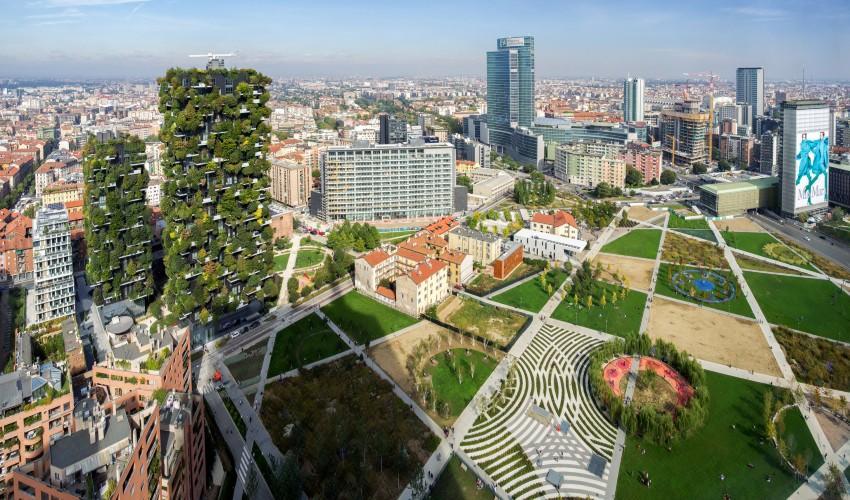
Social Distancing Also Benefits the Environment
IN MILAN, ACCORDING TO A STUDY BY GREEN BOCCONI, THE RESTRICTIVE MEASURES ARE RESPONSIBLE FOR A REDUCTION CLOSE TO 10% IN PM10, PM2.5 AND NITROGEN DIOXIDE AND ARE SAVING LIVES INDIRECTLY, BY ALLEVIATING THE SEVERITY OF COVID19'S RESPIRATORY DIFFICULTIESA positive side effect of the introduction of social distancing measures to combat the spread of Covid19 is a decrease in the concentration of pollutants. This phenomenon, observed a few weeks ago in China, is happening again now in Italy.
A study by Maurizio Malpede, Marco Percoco and Valentina Bosetti from the GREEN research center at Bocconi University shows, in particular, a decrease in PM2.5 and PM10 particulates and in nitrogen dioxide, in the weeks following the outbreak in the metropolitan areas of Wuhan and Milan.
The researchers do not limit themselves to a pre- and post-restrictions picture, as the satellite photographs we have seen in these days do. On the contrary, their data use the daily measurements of dozens of control units and take into account climatic and atmospheric conditions. The authors can thus calculate not only the variation in the concentration of pollutants, but also the portion of the reduction due to Covid19.
The study highlights very significant reductions, but lower than those suggested by satellite photographs. In Milan (where the current favorable climatic conditions would have cleaned the air even in the absence of restrictions) only a portion between one sixth and one third of the total reduction, depending on the type of pollutant, can be attributed to the Covid19 effect. In Wuhan, on the other hand, Covid19 is a bigger factor and is responsible for about half the total reduction.
In Milan, then, Covid19 is responsible for a 9.4% reduction in PM10, 6.79% in PM2.5 and 8.68% in nitrogen dioxide.
In Wuhan, the percentages are 9.05% for PM10, 11.78% for PM2.5 and 21.55% for nitrogen dioxide.
In the Beijing area, which has undergone milder restrictive measures, the reductions, depending on the pollutant, range from 0.10% to 0.22%.
«Since pollution makes respiratory diseases such as Covid19 more dangerous and has long-term negative effects on human organisms», says Marco Percoco, Director of GREEN, «the reduction in pollutants is likely to save many lives and improve the prospects of children, who are only marginally affected by the contagion».
In China, with the loosening of social distancing measures, the concentration values are returning to their pre-Covid19 levels. «In Italy», says Professor Percoco, «if we observe that smartworking does not reduce productivity, we could take the opportunity to rethink the way we work, considering the environmental benefits».
The survey also highlights unexpected changes in the concentration of other pollutants, which cannot yet be explained. Carbon monoxide is rising both in China and in Italy, while ozone decreases in China, but not in Italy.
by Fabio Todesco
